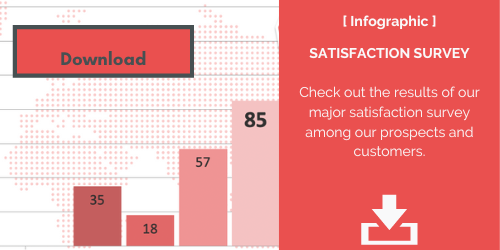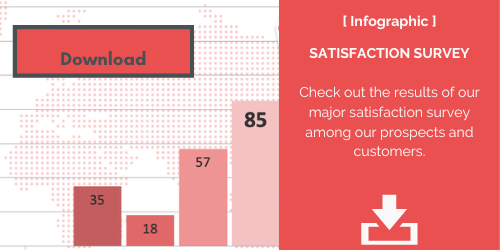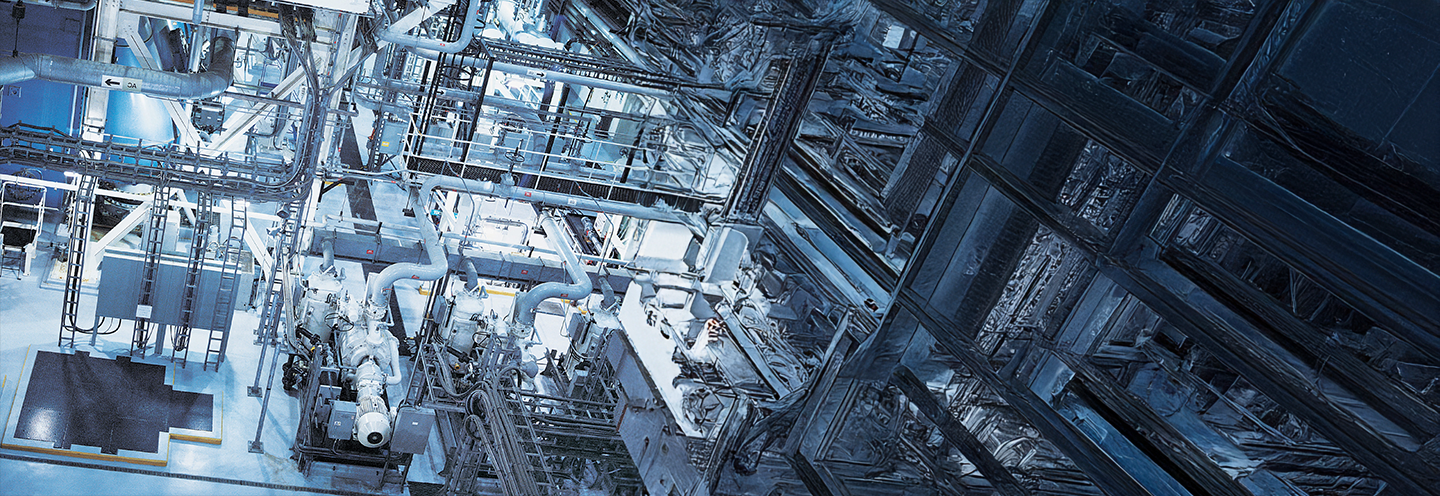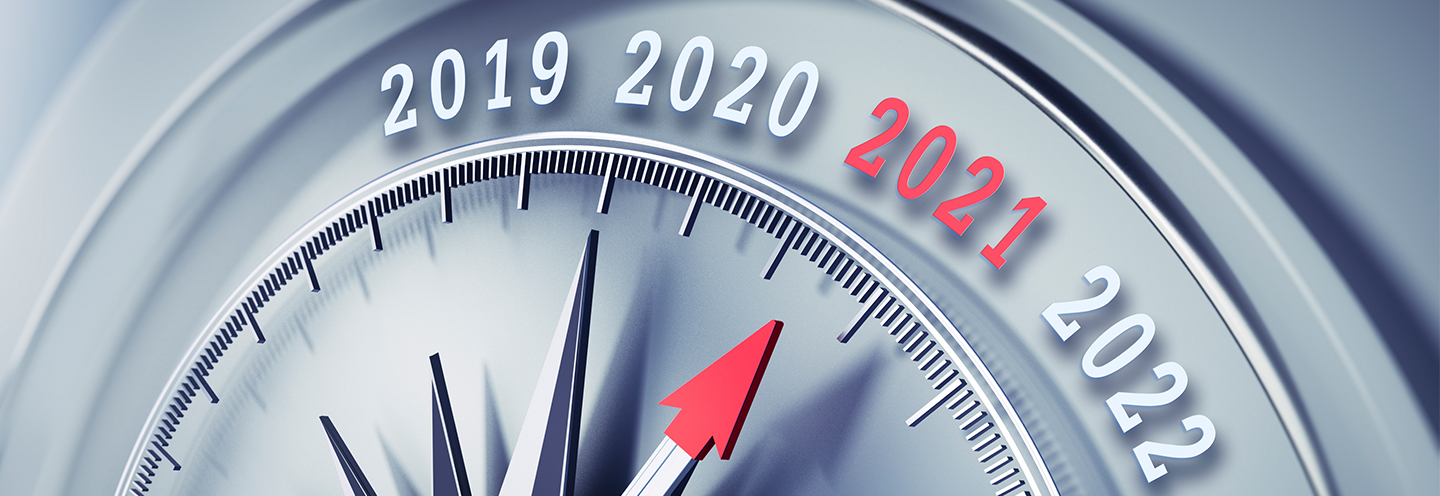As the unprecedented health crisis remains fresh in our minds and continues to wreak havoc around the world, scores of companies have had to temporarily close their doors.
Keeping employees safe and healthy is a top priority whenever a pandemic hits. Companies are currently on the lookout for effective, reliable and non-intrusive ways of handling the crisis and reducing risks to an absolute minimum. The authorities are also searching for technologies that can help with their plans to save and keep the economy afloat, and improve safety for employees and customers alike.
Ever since the global Covid-19 crisis struck, using infrared technology to power thermal tracking and people counting applications has been instrumental in turning the tide as efforts are focused on keeping the economy and society running while shielding people from exposure to viruses in many different environments.
Detecting elevated body temperatures
Owing to their ability to analyze body temperatures with ±0.5°C precision under normal detection conditions, thermal imaging detectors have quickly achieved preferred status as a front-line solution. Detection has become an important first step in identifying people with elevated body temperatures, whether employees, customers or patients.
Thermal cameras are designed to detect infrared radiation (heat) from a distance and display the information as an easily interpreted image, instead of requiring direct or close contact to measure a person's temperature. Infrared detectors can be embedded in temperature control solutions to capture individual body heat signatures, regardless of whether people are isolated or moving through a crowd. For example, they can be used as a preventive measure by spotting people with fever-like symptoms in such public and private places as airports, shops, companies and public transport. IR-based screening procedures represent a non-intrusive way of helping detect infections and preventing the upheaval caused by a pandemic.
Check out the results of the satisfaction survey conducted by LYNRED among its partners by downloading this complete infographic.

Occupancy monitoring (a smart building solution)
Companies can implement people counting solutions to avoid overcrowding by automatically keeping tabs on the number of people in a given area. Real-time displays clue customers or employees into the maximum occupancy levels. Employees are notified as soon as an area reaches maximum capacity, which saves time and gives the teams greater peace of mind.
People counting solutions offer an anonymous and discreet method for monitoring occupants that respects their privacy while regulating access to the workplace,
especially since thermal cameras do not include any facial recognition capabilities. For instance, they cannot record a recognizable photo of the person whose body temperature has just been measured. Similarly, they cannot determine the color of the person's eyes, hair or clothing, or even the color of their skin.
Thermal imaging can also help shrink a building's carbon footprint by fine-tuning the heating or air conditioning levels in a given area to the number of people present.
Finally, infrared detectors are capable of delivering effective performance when visibility is low or hampered, since they rely on thermal radiation instead of visible light.
Using thermal detectors to track potentially infected people truly serves as a preliminary screening tool by detecting higher-than-normal body temperatures. They represent an initial step in the process of diagnosing infected people before carrying out formal protocols to confirm the diagnosis. When it comes to counting people, the aim is to enforce social distancing measures and prevent viruses from spreading, while enhancing the employee experience by keeping office occupancy levels under close control.
Thermal imaging has become a real asset in several sectors of the economy for keeping businesses running when pandemics strike. When used as a people counting and early detection system, this technology represents an essential first step where the thermal results can be shared almost instantly. These measures are currently gaining traction as a mainstream solution for keeping citizens, employees and customers safe, whether in the midst of a full-blown pandemic or during a lull in infections.
Check out the results of the satisfaction survey conducted by LYNRED among its partners by downloading this complete infographic.












